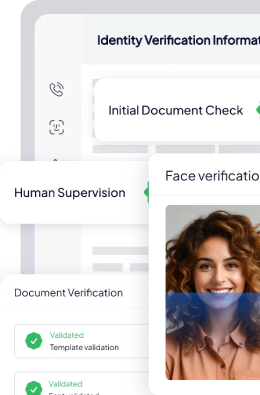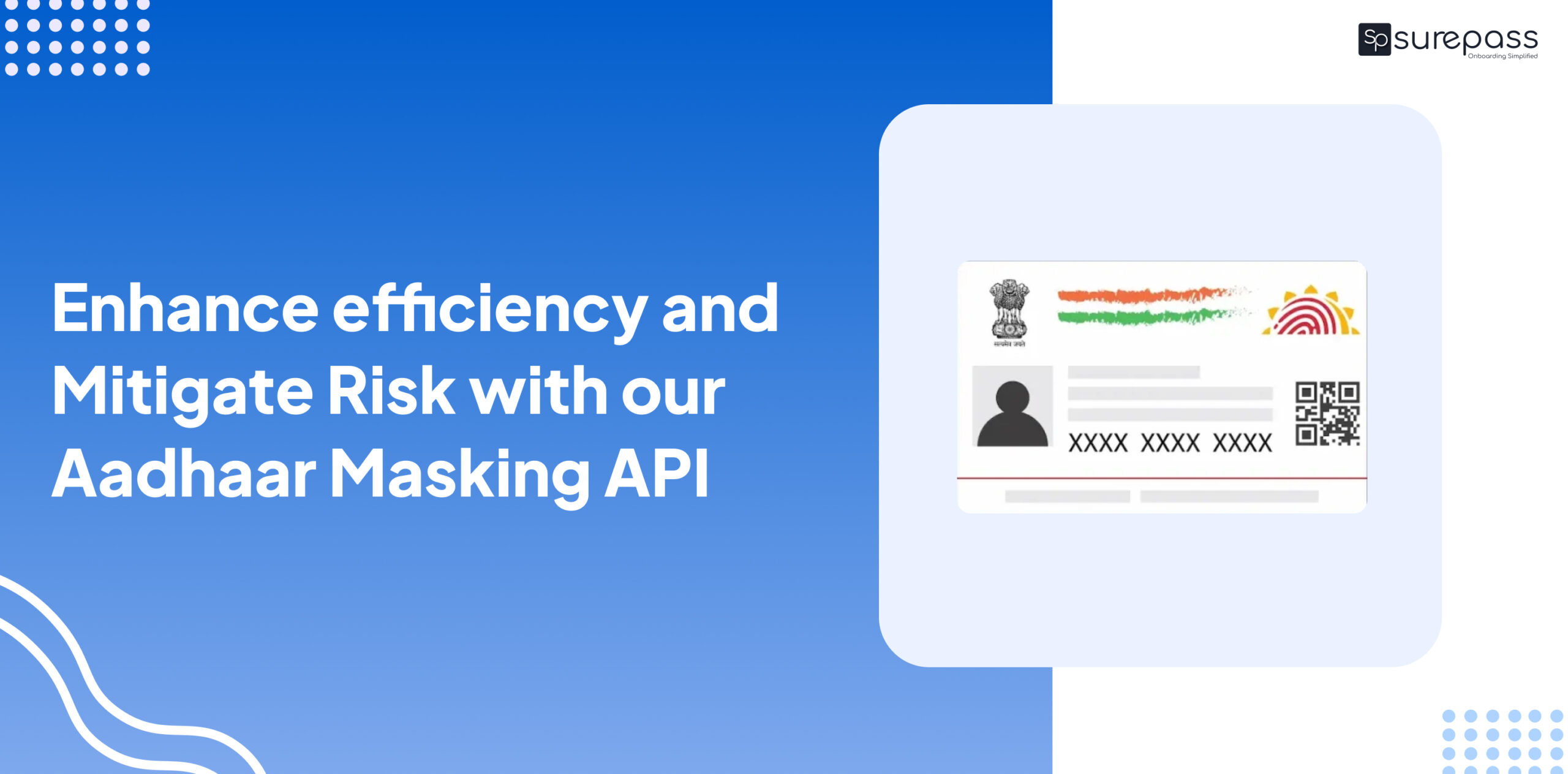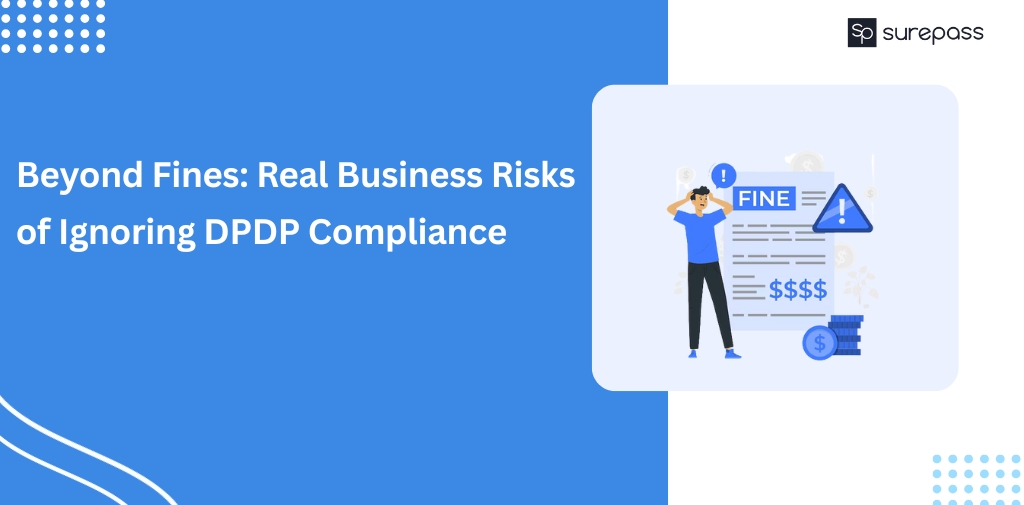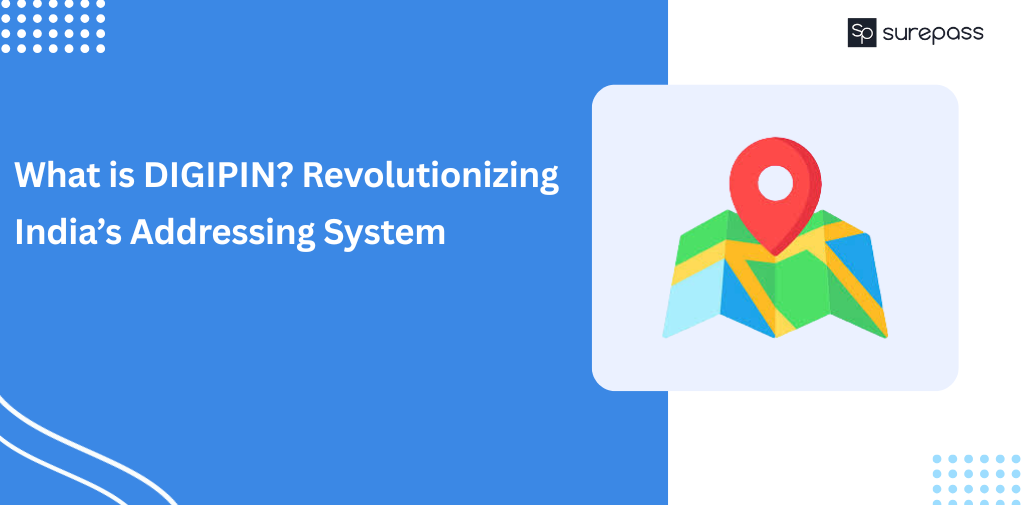It has become important to preserve personal information has grown crucial in the age of technological breakthroughs and rising privacy concerns. India’s distinctive identifying system, Aadhaar, offers demographic and biometric information and is connected to nearly all IDs issued by the government. However, worries about security and privacy have resulted in the creation of a procedure known as “Aadhaar masking.”
Customers who are reluctant to provide their sensitive information must have their privacy protected by businesses. Software businesses have developed digital Aadhaar masking solutions that are compatible. People can comprehend the steps to preserve their privacy and companies may offer better customer service by grasping the notion of Aadhaar masking.
Aadhaar Masking
The Unique Identification Authority of India (UIDAI) issues the 12-digit biometric identification number known as Aadhaar. Aadhaar masking is a security method used to protect a person’s Aadhaar number’s privacy. The Aadhaar number is obscured or partially replaced with asterisks or other symbols to render it illegible or just partially accessible to unauthorized people.
This masked Aadhaar option “allows you to mask your Aadhaar number in your downloaded e-Aadhaar,” according to the UIDAI website. The first 8 digits of the Aadhaar number are replaced with characters like “xxxx-xxxx,” leaving only the final 4 digits of the Aadhaar number visible.
Aadhaar Masking- Its Importance
Privacy protection and preventing the abuse of personal information are the main goals of Aadhaar masking. Aadhaar cards include sensitive data, like biometric information and demographic data, making it essential to put safeguards in place. Masking Aadhaar enables identity verification when only a small amount of information is needed while assisting people in maintaining control over their personal data.
Working of Aadhaar Masking
Algorithms and safe and secure data processing methods are implemented in the Aadhaar masking process.
- Masked Aadhaar generation: People may generate and download Masked Aadhaar by going to the UIDAI website or Aadhaar Enrollment Centres. Only the final four digits of the Aadhaar number will be visible in the masked form; the rest will be hidden. The password-protected, encrypted Aadhaar card is available for download by users.
- Virtual ID authentication: To increase security, anyone can create and utilise a Virtual ID for Aadhaar authentication. This makes sure that during verification, the real Aadhaar number is not disclosed.
- Surepass’s Aadhaar Masking API– Surepass’s identity verification An effective tool for customer identity verification, Aadhaar masking API protects data privacy by hiding sensitive data in an Aadhaar card. It protects personal data by hiding or swapping out some numbers while still permitting necessary verification.
Businesses must put security measures in place in order to provide their consumers with a secure online environment and simplify operations.
Aadhaar Masking Reduces Risk
Masking Aadhaar information throughout the KYC verification process improves customer experience while also enhancing data privacy and regulatory compliance.
- Scalability – Businesses may effectively handle a large amount of Aadhaar numbers by uploading KYC papers and verifying in bulk using the Aadhaar masking API, which encourages scalability and streamlines operations.
- Increased Data Privacy – By restricting exposure, masking the first eight digits of Aadhaar numbers helps safeguard sensitive personal data and increases data privacy.
- Increased Customer Trust – Implementing Aadhaar masking shows a dedication to data privacy and security, cultivating trust among stakeholders and customers and improving the organization’s reputation as a whole.
- Limited Biometric Sharing – To improve privacy, Aadhaar authentication processes provide limited biometric data sharing. A hash or encrypted representation is utilized to authenticate identification rather than the whole fingerprint or iris data, reducing the risk of data exploitation.
- Regulatory Compliance – By automatically concealing Aadhaar numbers as required, the API assures compliance with legal requirements, such as those established by UIDAI and other regulating authorities. Businesses may guarantee compliance with laws requiring the masking of Aadhaar numbers once the KYC process is complete by utilizing the Aadhaar masking API.
- Lessened Fraud Cases- As sensitive information is hidden, reducing the danger of identity theft and fraud is made possible. This makes it more difficult for malevolent fraudsters to abuse the data. Users and organizations both have the option of choosing to secure their data.
- A seamless user experience – Instead of manually disguising their Aadhaar numbers, users can choose to use easy digital masking to complete the essential KYC procedures. As a result, client onboarding and verification processes run more smoothly and securely.
How does Aadhaar Masking enhance security and privacy?
Step 1. Real-time Masking: With real-time masking, just the last four digits of an Aadhaar number are displayed; the remaining digits are denoted by a “x” or an asterisk (*). This limited exposure guarantees the privacy of sensitive data while boosting anonymity and privacy protection in real-time masking & authentication.
Step 2. Bulk Masking: Automating bulk Aadhaar masking entails concurrently confirming Aadhaar information in several KYC steps while masking huge numbers of Aadhaar numbers.
Step 3. QR Code: Aadhaar cards include a QR code on them that contains encrypted data. While being scanned, it gives the relevant information while concealing the Aadhaar number. As a result, data transfer for authentication procedures is made more secure and accurate.
Step 4. Virtual ID (VID): As an alternative to their Aadhaar number, users can create a Virtual ID, a temporary, revocable 16-digit number. In order to protect the privacy of the individual, it serves as a proxy and can be used for authentication reasons in place of the actual Aadhaar number for a variety of transactions.
Step 5. Quick Integration: Aadhaar masking API may be used to streamline masking automation and API platforms are simple to deploy with the current business systems. Businesses may quickly incorporate API platforms as secure gateways to speed up operations.
These masking features seek to strike a balance between privacy protection and the effective use of Aadhaar for verification, maintaining data security and lowering the risk of fraud or identity theft.
Reduce risk and enhance security with Surepass
An API-based KYC verification service is provided by Surepass, a supplier of digital solutions. By hiding Aadhaar details throughout the verification process, our Aadhaar masking API addresses problems linked to the exploitation of sensitive demographic and biometric data, unauthorized access, data breaches, and identity theft.
Businesses may take advantage of digital onboarding while protecting the security and privacy of Aadhaar data by using Aadhaar masking. To maintain compliance and improve security, include our Aadhaar masking API into your KYC verification routine.





